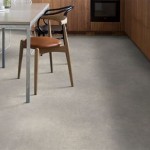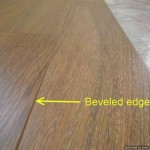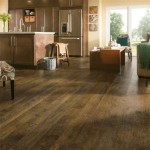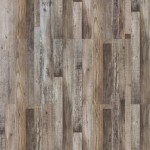Gluing Solid Wood Flooring to Concrete: Essential Aspects
Installing solid wood flooring over concrete is a desirable choice due to its durability, aesthetic appeal, and value addition to your property. However, achieving a successful installation requires meticulous preparation and the correct techniques. One crucial step is gluing the flooring planks securely to the concrete subfloor. This article delves into the essential aspects of gluing solid wood flooring to concrete, ensuring a lasting and flawless installation.
Choosing the Right Adhesive
Selecting an appropriate adhesive is paramount. Opt for an adhesive specifically designed for bonding wood flooring to concrete. These adhesives typically provide superior strength, flexibility, and moisture resistance crucial for concrete subfloors.
Surface Preparation: A Critical Step
The concrete subfloor must be meticulously prepared to ensure optimal adhesion. Remove any existing flooring, dirt, debris, or contaminants. Ensure the subfloor is level, smooth, and free of cracks or protrusions. Use a concrete grinder if necessary to smoothen the surface and enhance adhesion. Moisture testing is essential to verify that the concrete is dry and moisture levels are within acceptable limits.
Applying the Adhesive
Apply the adhesive evenly to the concrete subfloor using a notched trowel. Follow the manufacturer's instructions for the specific adhesive you are using. Spread the adhesive in an appropriate thickness to ensure proper coverage and bonding strength. Work in sections to prevent the adhesive from drying prematurely.
Installing the Flooring Planks
Carefully lay the solid wood flooring planks onto the adhesive-covered concrete. Press each plank firmly into place, ensuring proper alignment and contact with the adhesive. Use a tapping block or rubber mallet to gently tap the planks into position. Leave a small expansion gap around the perimeter of the room to accommodate natural movement of the flooring.
Curing Time and Precautions
Adhesive curing time is crucial. Allow the adhesive to cure completely before subjecting the floor to foot traffic or heavy loads. Refer to the manufacturer's specifications for the specific curing time required. During this period, maintain proper temperature and humidity levels in the room to facilitate proper curing.
Professional Installation Recommended
While do-it-yourself flooring installation can be tempting, it is highly recommended to seek the services of a qualified flooring professional. They possess the expertise, experience, and necessary tools to ensure a flawless installation. Professional installation minimizes the risk of errors, ensuring a long-lasting and aesthetically pleasing solid wood floor.
Additional Tips for Success
Here are some additional tips for successful gluing of solid wood flooring to concrete:
- Use high-quality materials and tools.
- Follow the manufacturer's instructions precisely.
- Allow ample time for surface preparation and adhesive curing.
- Maintain proper temperature and humidity levels during installation.
- Consider using a vapor barrier to prevent moisture migration from the concrete.
By adhering to these essential aspects, you can achieve a solid and durable solid wood flooring installation over concrete. Remember, meticulous preparation, the right adhesive, and professional installation are key to a successful outcome.

Installing Hardwood Floors On Concrete Subfloors

Can You Glue Down Solid Wood Flooring Hardwood Guide Reallyfloors America S Est

Hardwood Over Concrete Auten Wideplank Flooring

Fitting Hardwood Floor To Concrete Wood And Beyond Blog

Gluing Down Prefinished Solid Hardwood Floors Directly Over A Concrete

Installing Engineered Hardwood On Concrete Twenty Oak

Glue Wood Flooring To A Concrete Slab Fine Homebuilding

Diy A Complete Guide To Installing Wooden Flooring On Concrete

Wood Flooring Blog How To Lay Oak On Concrete Peak

Installing Engineered Hardwood On Concrete Twenty Oak
Related Posts








